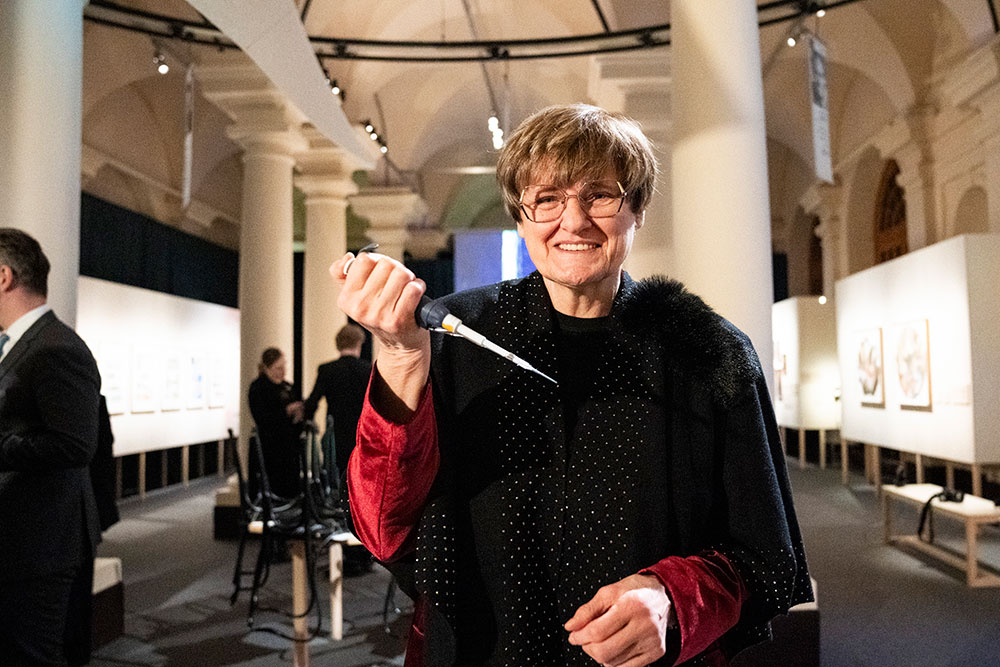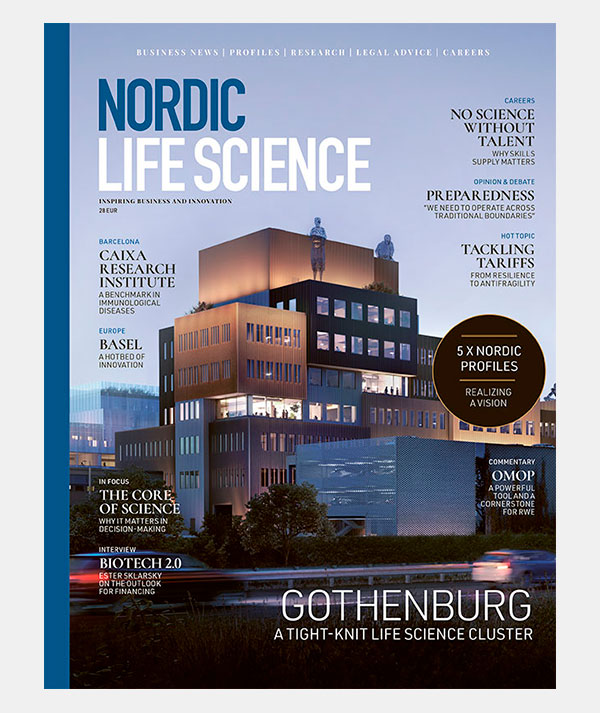New BCI implant shown to restore functional central vision

The New England Journal of Medicine (NEJM) has published a peer-reviewed original paper with the results of a clinical trial demonstrating the efficacy of Science Corporation’s PRIMA brain-computer interface (BCI) retinal implant.
The paper showed that PRIMA restored functional central vision to patients suffering from geographic atrophy (GA) due to age-related macular degeneration (AMD), a leading cause of blindness affecting more than 5 million people worldwide.
“This breakthrough underscores our commitment to pioneering technologies that
provide hope to patients in need, and which have the ability to transform lives,” says
Max Hodak, co-founder and CEO of Science. “We are excited about the potential of
PRIMA to redefine vision restoration for these patients.”
A tiny wireless chip implanted in the retina combined with a pair of special glasses
The PRIMA device, consisting of a tiny wireless chip implanted in the retina combined with a pair of special glasses, is based on work conducted by Professor Daniel Palanker at Stanford University, a co-author of the paper.
GA is characterized by a loss of photoreceptors in the retina. PRIMA combats this
loss with its wireless subretinal implant (measurements: 2mm x 2mm x 30µm) that
operates as an array of artificial photoreceptors, stimulating the remaining cells to carry the visual signal to the brain. Unlike conventional therapies that attempt to slow disease progression, PRIMA directly restores lost functional vision in GA patients, the company states.
More than 80% of the patients were able to read letters and words, and some of them are reading pages in a book.
“It’s the first time that an attempt at vision restoration in these cases has achieved
results – and in such a large number of patients. More than 80% of the patients were
able to read letters and words, and some of them are reading pages in a book. This
is really something we couldn’t have dreamt of when we started on this journey
together with Professor Palanker more than a decade ago,” says Prof. José-Alain
Sahel, M.D, senior co-author of the paper from the Department of Ophthalmology,
University of Pittsburgh School of Medicine, Pittsburgh; Sorbonne Université, Paris;
and Institut de la Vision, Paris.
Study highlights
The multi-center clinical trial evaluated the PRIMA implant system in 38 patients
across 17 clinical sites in five countries. The key findings include:
● Mean improvement of 25.5 letters (more than 5 lines) on ETDRS letter chart.
● 84% of patients reported the ability to read letters, numbers, and words, restoring functional central vision.
● 80% of patients achieved significant prosthetic visual acuity improvements of at least logMAR 0.2 (equivalent to 10 letters on ETDRS chart) at 12 months (p<0.001).
● No significant decline in mean existing peripheral natural vision was observed.
● The implant can be safely implanted under the atrophic macula. “Serious adverse events” occurred primarily within the first two months post-implantation and 95% of these resolved within 2 months.
Hopes to have PRIMA available to patients next year
The Data Safety Monitoring Board for the study recommended PRIMA for European
market approval, finding that the benefits to patients outweighed the risk of the
implantation surgery. In Europe, the company has applied for the regulatory approval and hopes to have PRIMA available to patients next year. In the US, an FDA approval process is underway. The company launched a patient registry for people with macular degeneration.
About Science Corp
Science is a clinical-stage brain-computer interface (BCI) company with three major focus areas:
● PRIMA: A BCI implant for the retina currently under regulatory review for market approval in Europe and the United States.
● Biohybrid: A BCI that uses living neurons to connect to the brain instead of wires.
● Ecosystem: A suite of neural engineering tools for BCI researchers to more efficiently connect to the brain.
Updated: October 22, 2025, 02:54 pm
Published: October 21, 2025












